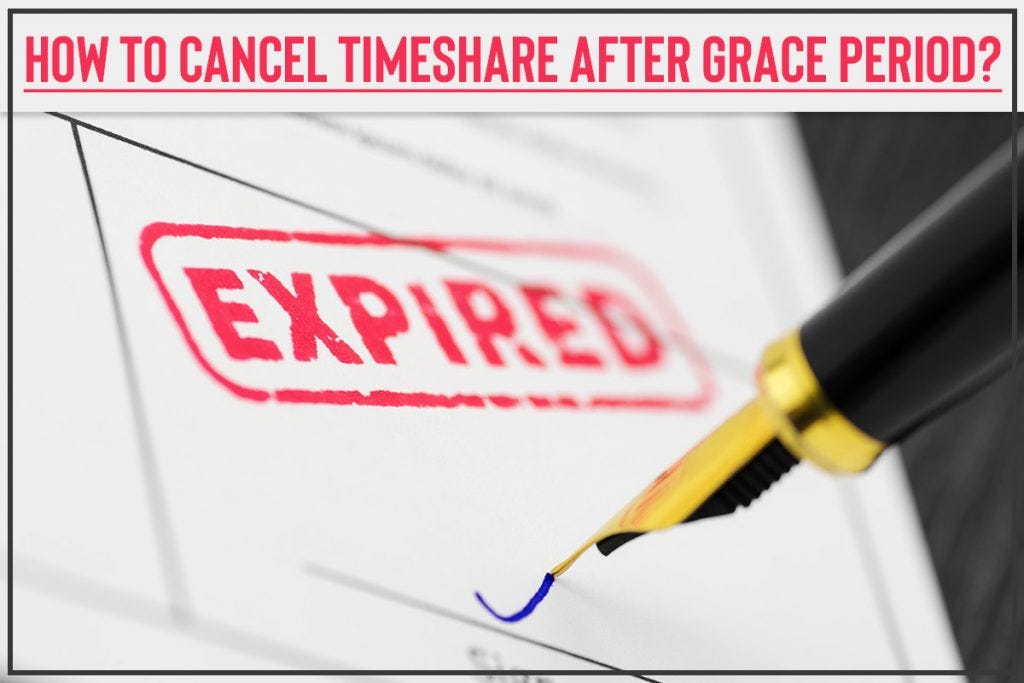Rate locks been available in numerous forms a portion of your home mortgage amount, a flat one-time fee, or simply an amount figured into your interest rate. You can secure a rate when you see one you want when you first obtain the loan or later on while doing so. While rate locks normally prevent your rate of interest from rising, they can also keep it from decreasing.
A rate lock is beneficial if an unexpected boost in the interest rate will put your home loan out of reach. If your down payment on the purchase of a home is less https://timesharecancellations.com/author/wfgadmin/ than 20 percent, then a loan provider might require you to spend for private mortgage insurance coverage, or PMI, due to the fact that it is accepting a lower amount of up-front cash towards the purchase.
The cost of PMI is based on the size of the loan you are obtaining, your deposit and your credit report. For example, if you put down 5 percent to buy a home, PMI might cover the extra 15 percent. If you stop paying on your loan, the PMI sets off the policy payment as well as foreclosure proceedings, so that the loan provider can repossess the house and offer it in an effort to gain back the balance of what is owed.
Your PMI can also end if you reach the midpoint of your payoff for instance, if you secure a 30-year loan and you complete 15 years of payments.
A home loan is a long-term loan designed to help you purchase a home. In addition to paying back the principal, you also need to make interest payments to the lender. The house and land around it function as security. But if you are wanting to own a house, you need to understand more than these generalities.
Home mortgage payments are comprised of your principal and interest payments. If you make a down payment of less than 20%, you will be needed to secure private mortgage insurance, which increases your month-to-month payment. Some payments likewise include property or property taxes. A borrower pays more interest in the early part of the home mortgage, while the latter part of the loan favors the principal balance.
Home mortgage rates are regularly discussed on the night news, and speculation about which instructions rates will move has become a standard part of the monetary culture. The modern home loan entered into being in 1934 when the governmentto assist the country conquered the Great Depressioncreated a home loan program that minimized the required down payment on a house, increasing the quantity possible homeowners might obtain.
Today, a 20% deposit is preferable, mostly since if your down payment is less than 20%, you are required to get personal home mortgage insurance (PMI), making your month-to-month payments greater. Preferable, nevertheless, is not always attainable. There are home mortgage programs readily available that permit significantly lower deposits, but if you can handle that 20%, you certainly should.
Size is the quantity of cash you obtain and the term is the length of time you have to pay it back. Normally, the longer your term, the lower your monthly payment. That's why 30-year mortgages are the most popular. As soon as you understand the size of the loan you need for your brand-new home, a home loan calculator is an easy way to compare mortgage types and various lenders.
As we take a look at them, we'll use a $100,000 home loan as an example. A part of each home loan payment is committed to payment of the principal balance. Loans are structured so the quantity of primary gone back to the customer starts out low and increases with each home mortgage payment. The payments in the very first years are used more to interest than principal, while the payments in the final years reverse that situation.
Interest is the lender's reward for taking a threat and loaning you money. The rates of interest on a home mortgage has a direct effect on the size of a mortgage payment: Greater rates of interest indicate greater mortgage payments. Greater rates of interest usually reduce the quantity of money you can borrow, and lower rate of interest increase it.
The same loan with a 9% interest rate results in a month-to-month payment of $804.62. Realty or real estate tax are examined by federal government agencies and used to fund civil services such as schools, police, and fire departments. Taxes are computed by the federal government on a per-year basis, however you can pay these taxes as part of your monthly payments.
The lender collects the payments and holds them in escrow till the taxes need to be paid. Like real-estate taxes, insurance coverage payments are made with each mortgage payment and kept in escrow up until the costs is due. There are comparisons made in this procedure to level premium insurance coverage. There are two kinds of insurance protection that might be consisted of in a mortgage payment.


The other is PMI, which is necessary for people who buy a house with a down payment of less than 20% of the expense. This type of insurance secures the lending institution in case the borrower is not able to repay the loan. Because it minimizes the default risk on the loan, PMI also makes it possible for lenders to sell the loan to financiers, who in turn can have some assurance that their debt investment will be paid back to them.
Mortgage insurance coverage may be canceled once the balance reaches 78% of the initial worth. While principal, interest, taxes, and insurance coverage make up the normal mortgage, some people go with home loans that do not include taxes or insurance as part of the monthly payment. With this type of loan, you have a lower month-to-month payment, but you must pay the taxes and insurance coverage on your own.
As kept in mind previously, the very first years' home mortgage payments consist primarily of interest payments, while later payments consist mainly of principal. In our example of a $100,000, 30-year home loan, the amortization schedule has 360 payments. The partial schedule shown listed below demonstrates how the balance between principal and interest payments reverses gradually, approaching greater application to the principal.
At the start of your home mortgage, the rate at which you acquire equity in your house is much slower. This is why it can be good to make additional principal payments if the home loan permits you to do so without a prepayment charge. They lower your principal which, in turn, lowers the interest due on each future payment, moving you towards your ultimate objective: paying off the home loan.